Author: Jordan Folks
I love lager beers, especially those that originate from the incredible brewing region of Germany. It’s in part due to this love that I’ve gained the reputation as Brülosophy’s more “traditional” contributor, as I not only enjoy employing certain processes viewed by some as outdated and ineffectual, but I wholly believe it contributes positively to the finished product. As such, my typical lager brew day consists of either a step or decoction mash followed by an extended boil to drive off DMS, chilling the wort to a pitching temperature of around 46°F/8°C, removing as much trub as possible, pitching a large amount of yeast, fermenting cool, then lagering for a decent amount of time before it’s ready to drink.
This is a far cry from the Short & Shoddy approach that more or less throws caution to the wind while aiming to reduce brew day time and effort, and surprisingly, it hasn’t seemed to have the detrimental impact many would expect. Indeed, I’ve had some decent examples of traditional lagers made using these methods, though I remain convinced a more conventional approach yields a higher quality beer. However, it recently occurred me that Kellerbier is a traditional German lager that employs some elements of corner-cutting that Short & Shoddy adherents would find familiar, as evidenced by the BJCP description:
An unfiltered, unpasteurized, fully-attenuated German lager traditionally served from lagering vessels. May be a little richer, more robust, and rustic than the base styles. A fresh beer without fermentation defects associated with young, green (unfinished) beer.
Over the years, I’ve sampled several commercial examples of Kellerbier imported from German breweries, most of which I thoroughly enjoyed, though I don’t seem them on the shelf very often. Considering what we know about this style, I wondered how taking a few more liberties when brewing one would impact its final character and figured I’d see for myself by going full-bore Short & Shoddy on a batch.
| BREWING THE BEER |
For this batch, I went with a simple recipe with minor adjustments to account for the expected hit to my efficiency.
Short & Shoddy Kellerbier
Recipe Details
| Batch Size | Boil Time | IBU | SRM | Est. OG | Est. FG | ABV |
|---|---|---|---|---|---|---|
| 6.4 gal | 60 min | 36.7 | 7.3 SRM | 1.046 | 1.006 | 5.25 % |
| Actuals | 1.046 | 1.006 | 5.25 % | |||
Fermentables
| Name | Amount | % |
|---|---|---|
| Vienna Malt | 13 lbs | 99.52 |
| Carafa Special III | 1 oz | 0.48 |
Hops
| Name | Amount | Time | Use | Form | Alpha % |
|---|---|---|---|---|---|
| Aramis | 57 g | 30 min | Boil | Pellet | 8.1 |
| Hallertauer Mittelfrueh | 14 g | 15 min | Boil | Pellet | 2.5 |
Yeast
| Name | Lab | Attenuation | Temperature |
|---|---|---|---|
| Global (L13) | Imperial Yeast | 77% | 46°F - 55.9°F |
Notes
| Water Profile: Ca 50 | Mg 4 | Na 10 | SO4 67 | Cl 35 |
Download
| Download this recipe's BeerXML file |
I began collecting the full volume of filtered water at 12:01 PM, adjusting it to my desired mineral profile, then flipping the switch on my Clawhammer 240v controller to get it heating up, at which point I milled the grain.
When the water was properly heated, I stirred in the grist then set the controller to maintain my desired mash temperature.
Once the 30 minute mash rest was complete, I removed the grains and set the controller to bring the wort to a boil before weighing out the kettle hop additions.
Following the hasty 30 minute boil, I quickly chilled the wort with my JaDeD Brewing Ss Coil Hydra.
At this point, I transferred the chilled wort to a fermenter containing a yeast cake of Imperial Yeast L13 Global, which amounted to a rather large overpitch. The filled fermenter was then placed it in my fermentation chamber set to maintain 66˚F/19˚C. The time was 1:47 PM for a total brew day time of just 1 hour 46 minutes. A refractometer reading showed the wort was at 1.046 OG, for a brewhouse efficiency of 60%.
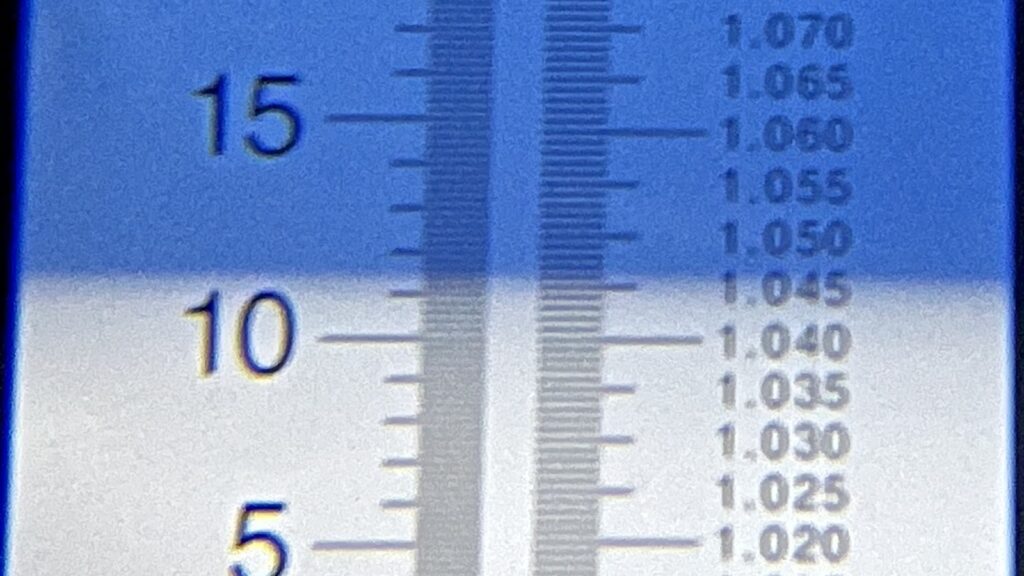
With signs of fermentation activity absent 5 days later, I took a hydrometer measurement indicating FG had been reached.
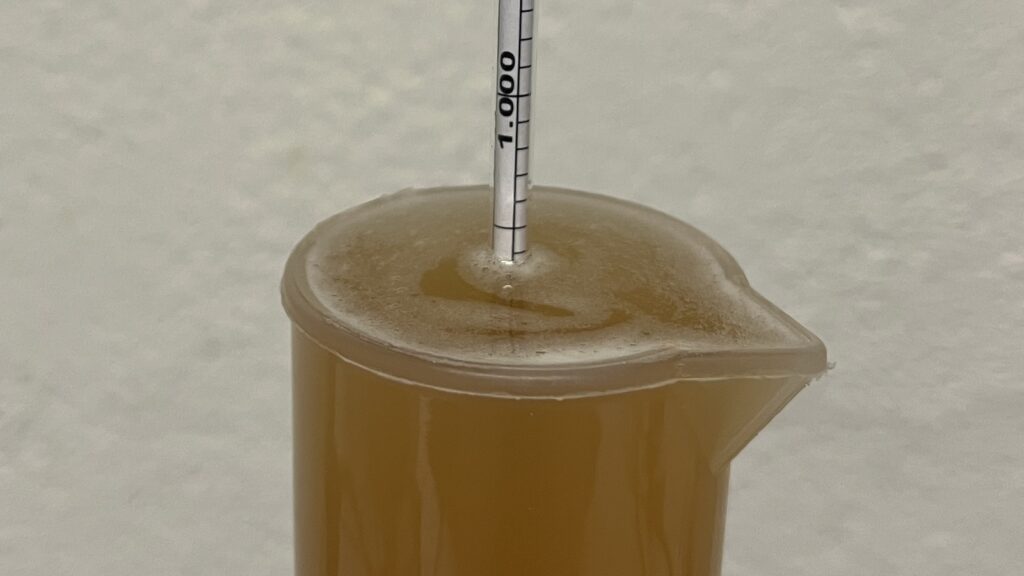
At this point, I cold crashed the beer overnight before pressure transferring it to a CO2 purged serving keg that was placed on gas in my keezer. After a couple weeks of conditioning, it was nicely carbonated and slightly hazy, just as the style is expected to be.
| RESULTS |
A total of 21 people of various levels of experience participated in this Short & Shoddy evaluation. Participants were informed of the specific beer style and provided the BJCP description prior to completing the survey. Tasters were then instructed to rate how hoppy, malty, and dry they perceived the beer to be on a 0-5 scale where a rating of 0 indicated “not at all” and 5 indicated “extremely.”
Tasters were provided a list of common hop, malt, and yeast characteristics then instructed to select from each the one they perceived as being most prominent in the beer.
Hop Characteristics
Malt Characteristics
Yeast Characteristics
Next, participants were asked to indicate whether or not they detected any off-flavors in the beer; those who did were provided a list of common off-flavors and instructed to select the one they perceived as being strongest. Just one person reported perceiving a diacetyl off-flavor.
Tasters were then asked to rate how well the beer represented the intended style, based on the provided BJCP description, on a 0-5 scale where 0 meant “not at all” and 5 meant “exactly.”
Finally, tasters were asked to rate how much they enjoyed the beer on a 0-5 scale where 0 indicated not at all and 5 indicated extremely.
My Impressions: I perceived this beer as being quite dry with the balance leaning more into its bitterness and high attenuation than maltiness. While the fermentation character was fairly clean, I got a yeasty aroma as well as a touch of sulfur on the nose. Overall, I didn’t love or hate this beer, it was completely fine to drink.
| CONCLUSION |
When considering classic German lagers, one is likely to envision a glass of crystal clear pale yellow beer with bubbles rising to the surface, forming a creamy layer foam, all of which is attributed to the relatively convoluted process for producing such styles. Kellerbier doesn’t quite fit this bill, and in fact there’s a possibility the originators of this historical style shared at least some of the sentiment advocates of the Short & Shoddy approach hold.
Despite its expectedly hazier than normal appearance and “green” flavor profile, Kellerbier is traditionally brewed using many of the same methods employed for other German lagers, methods that were ignored for this Short & Shoddy version. While a few tasters did report picking up off-flavors, the vast majority did not, though the beer’s dryness was rated higher than its maltiness, which goes against expectations. Moreover, not only did a majority of tasters feel this was a decent representation of the style, but seemed to enjoy drinking as well.
I’ve consumed and brewed my fair share of Kellerbier, and while I didn’t view this batch as a failure, it didn’t really live up to the quality of lagers I usually make. To me, this beer had an odd yeasty smell that I found rather unpleasant, as well as a notably thin body with less malt character than I was hoping for. If I had to guess, this was due to the beer being overpitched rather than other factors. I certainly feel Kellerbier is a good candidate for Short & Shoddy, though I wouldn’t recommend pitching on a large yeast cake.
If you have thoughts about this Short & Shoddy brew, please feel free to share it in the comments section below!
Support Brülosophy In Style!
All designs are available in various colors and sizes on Amazon!
Follow Brülosophy on:
FACEBOOK | TWITTER | INSTAGRAM
If you enjoy this stuff and feel compelled to support Brulosophy.com, please check out the Support page for details on how you can very easily do so. Thanks!


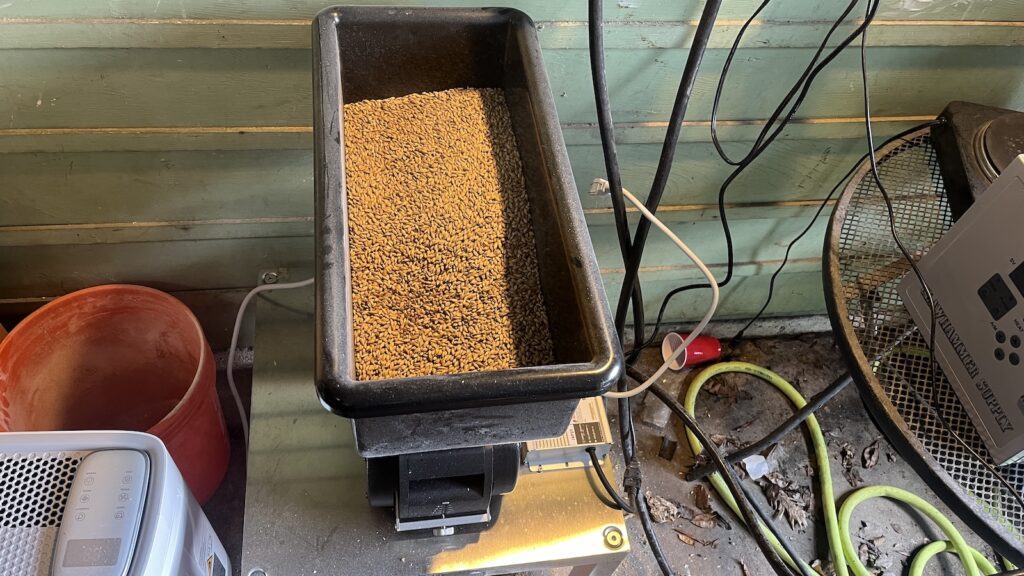
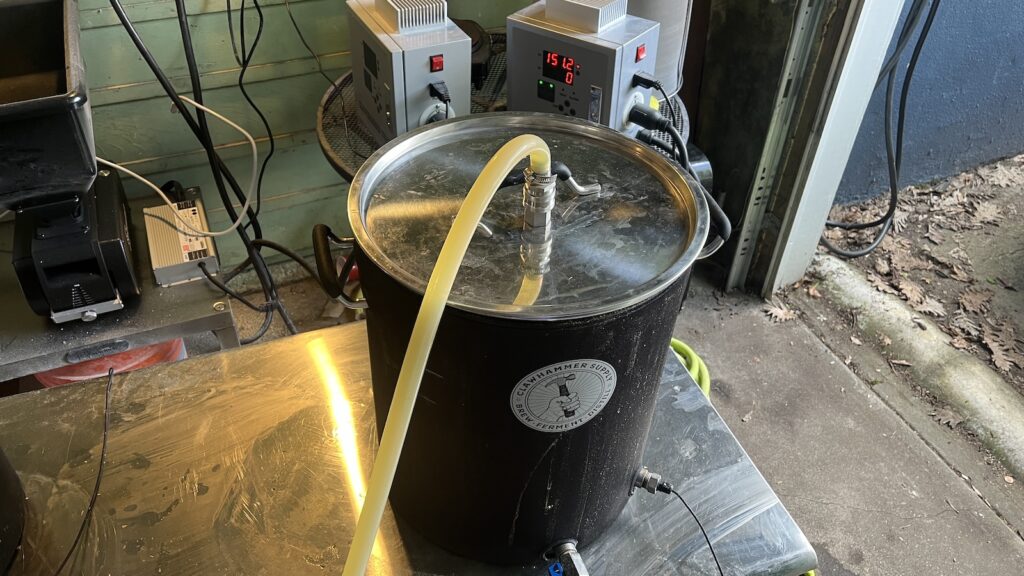
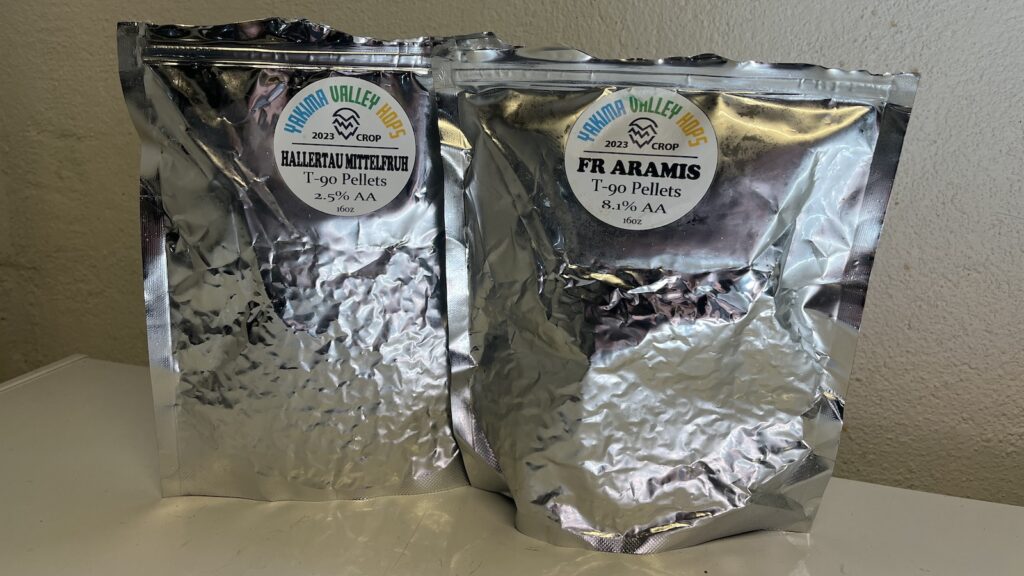

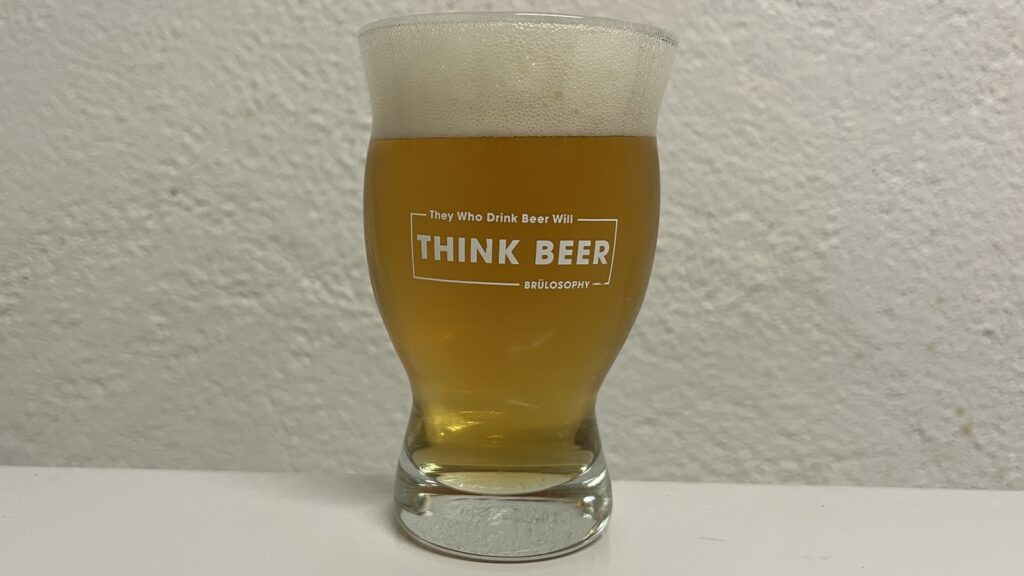
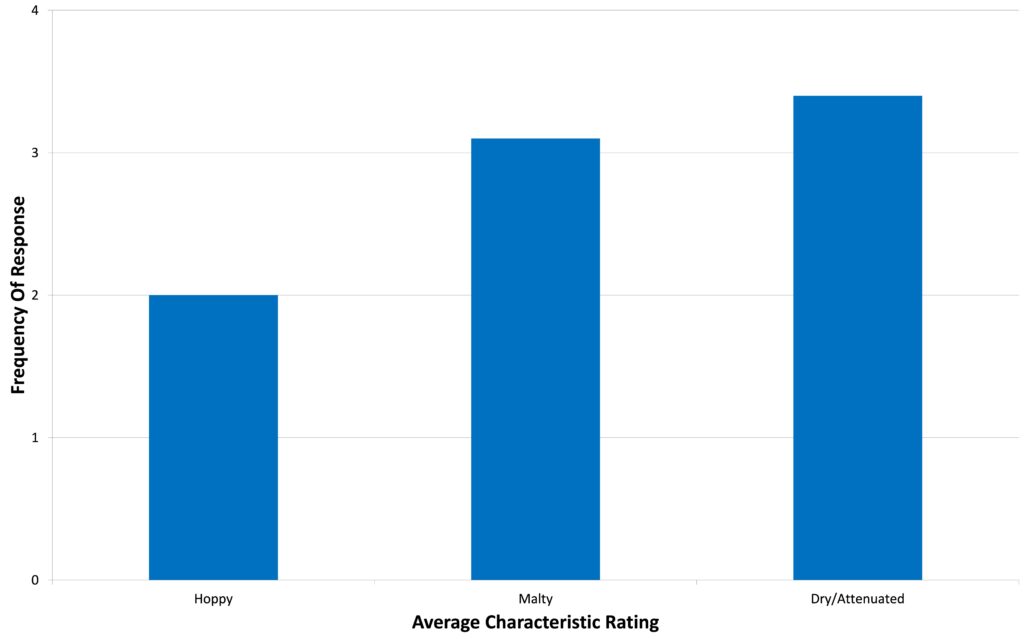
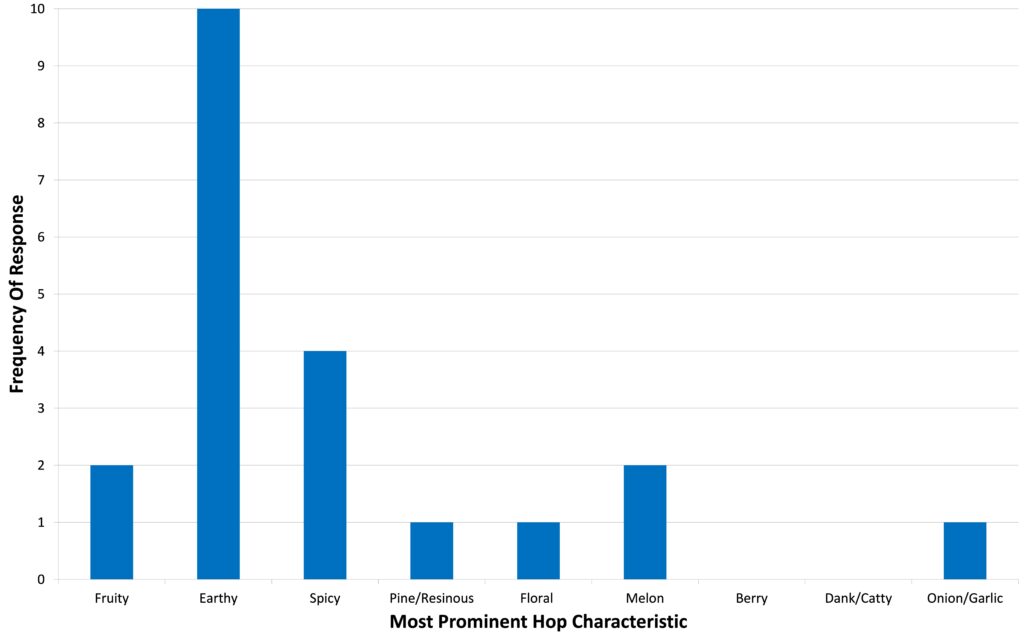
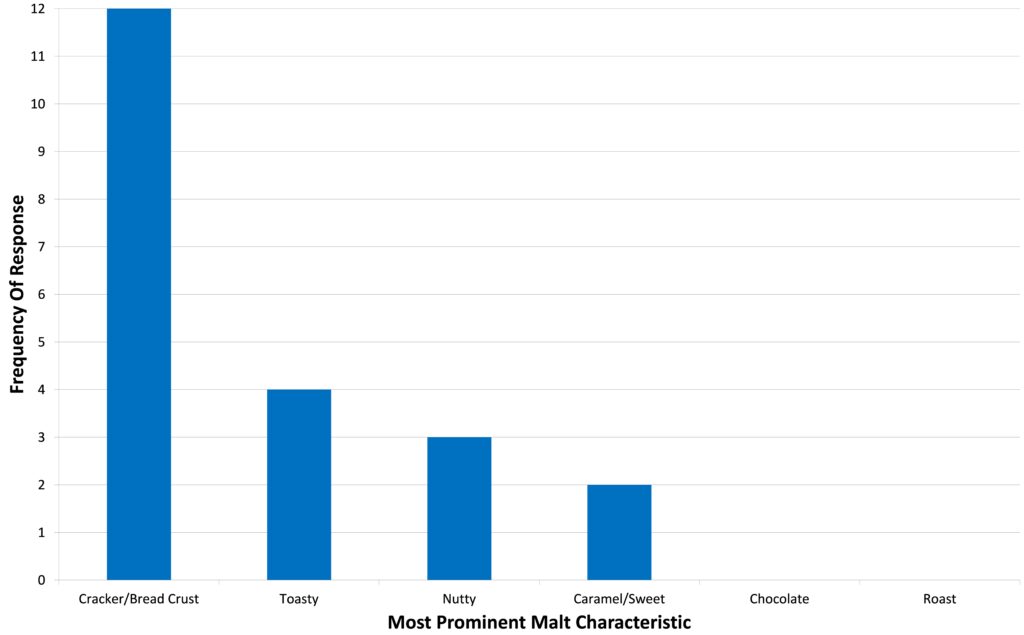
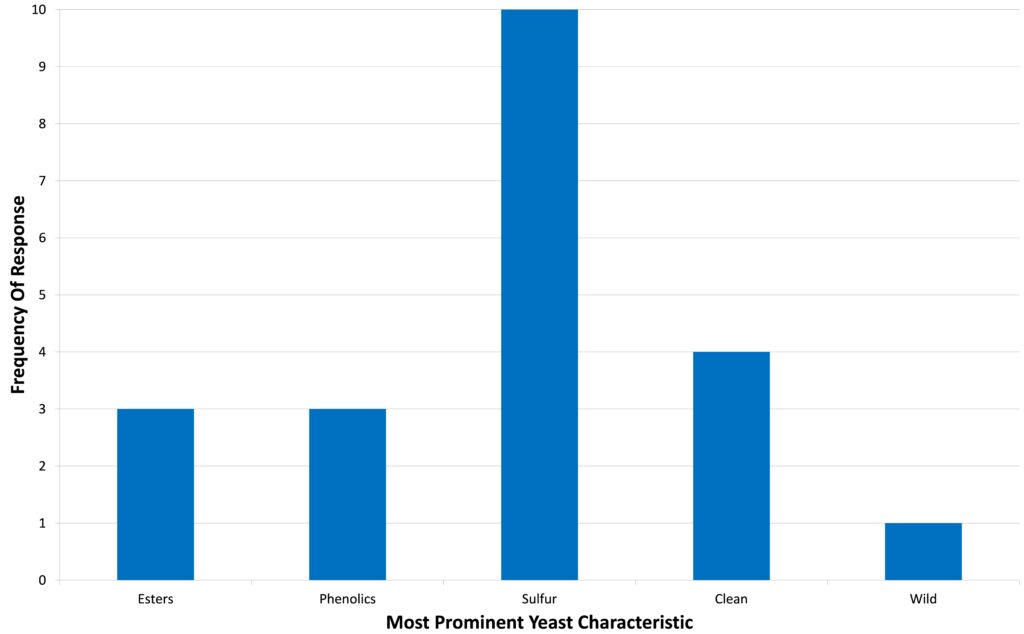
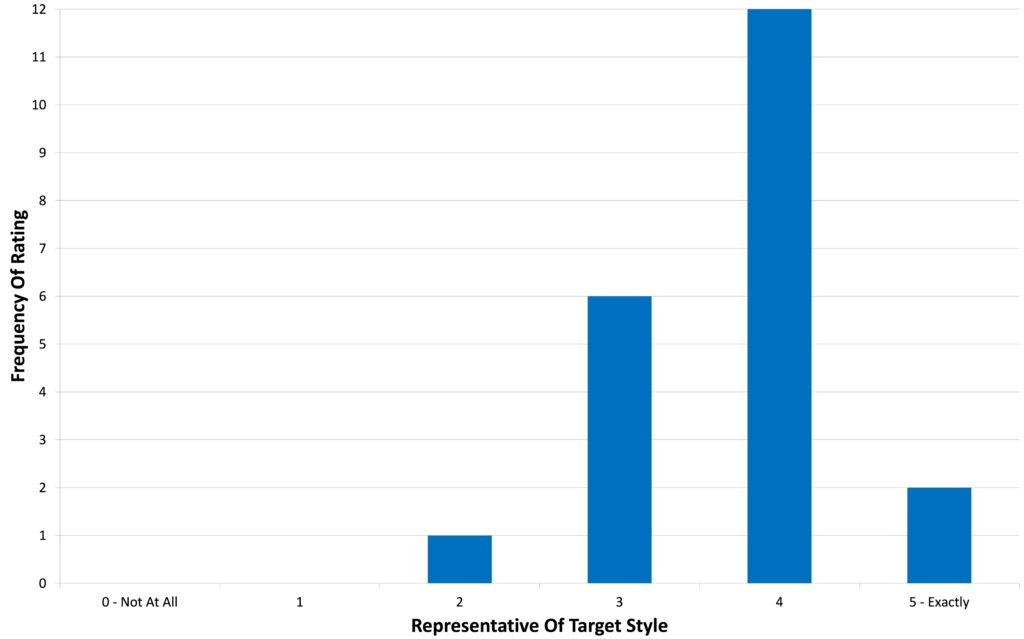
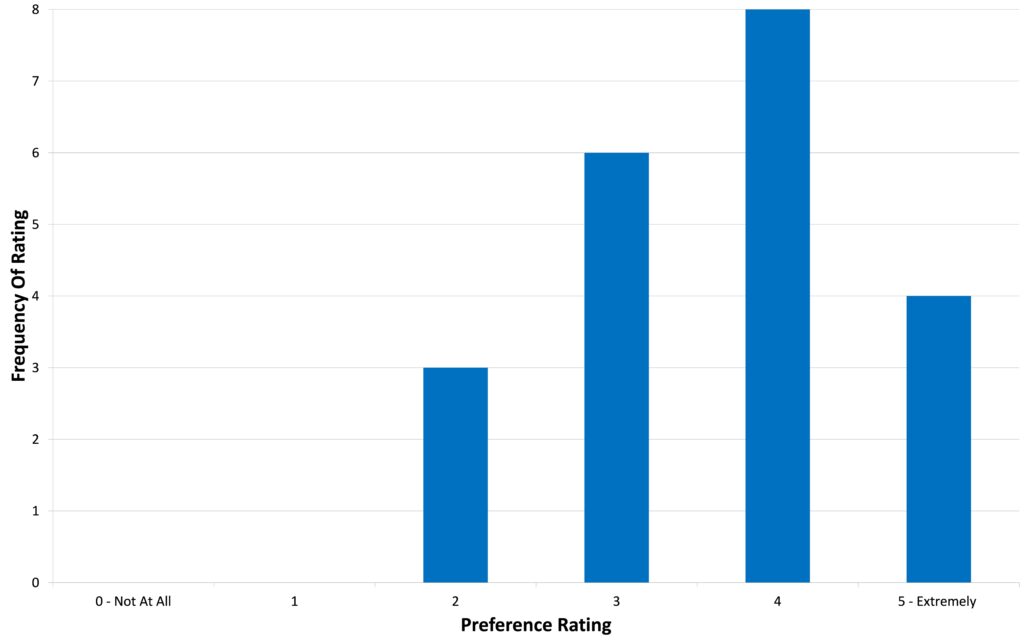







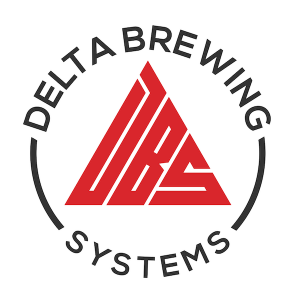


1 thought on “Short & Shoddy | Kellerbier”
My guess is that you didn’t let it sit on the yeast cake long enough. My experience with W34/70 is that it needs 9 days to remove most of the unpleasant yeast aromas (sulfur and other) to really shine. But thats just my experience. /The swede